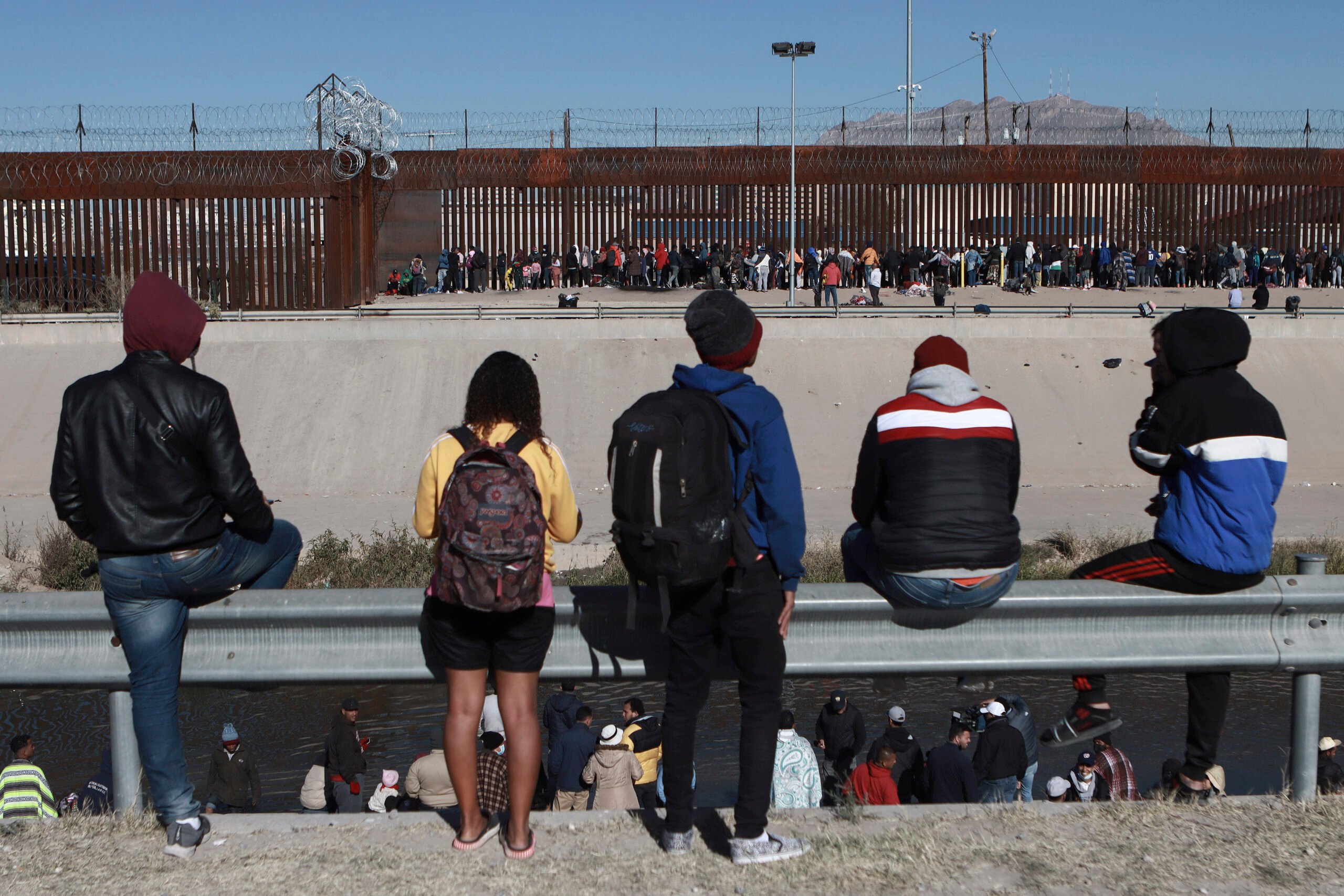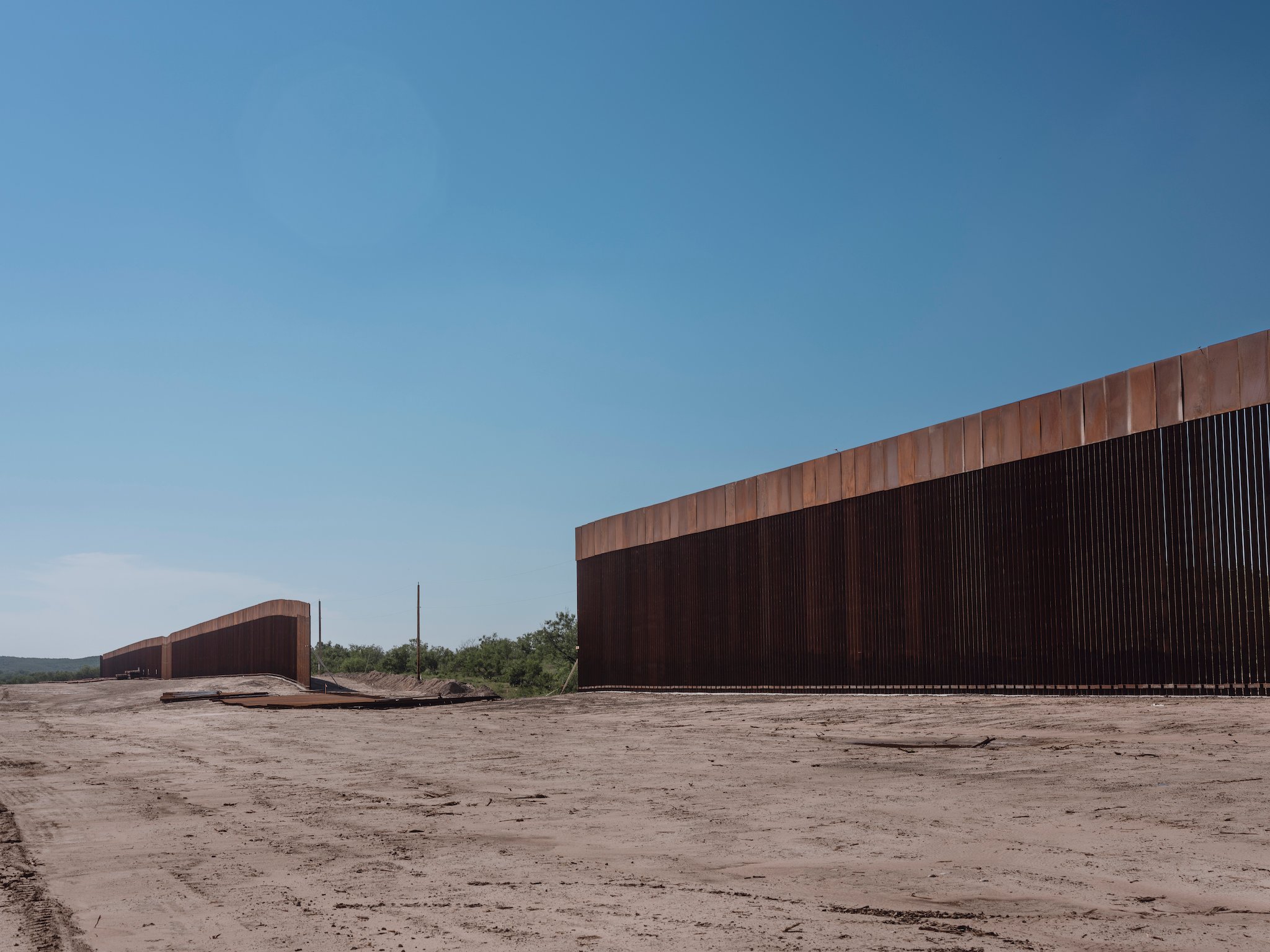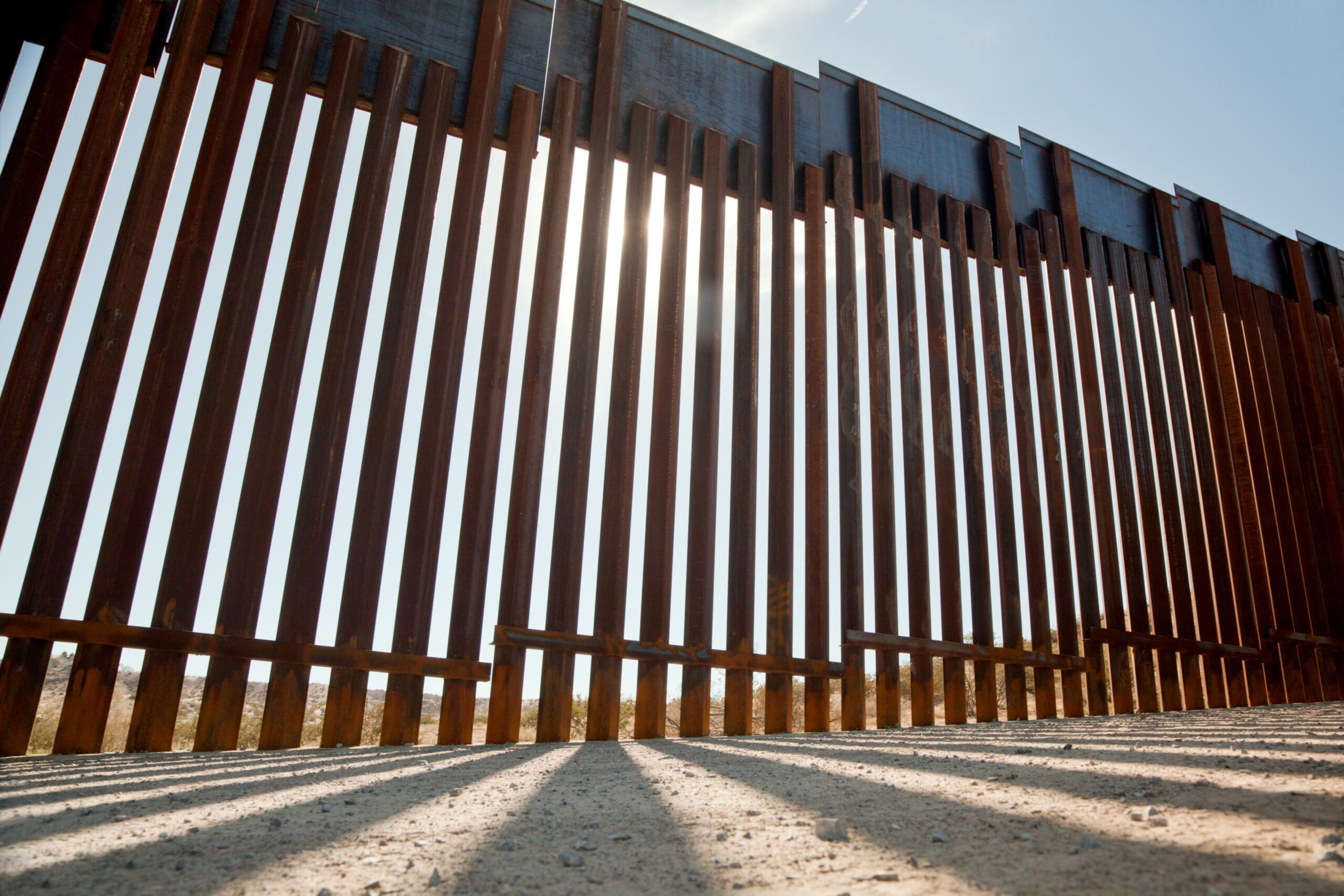
‘The River and The Wall’ is a Visually Stunning Borderland Adventure
The film strives to step beyond the sensationalist rhetoric and show America what its southern boundary actually looks, sounds and feels like.
On a crisp December morning in 2017, Austin Alvarado paddles his canoe along a remote stretch of the Rio Grande’s Lower Canyons. The 25-year-old Guatemalan-American river guide strokes the water beneath his boat, careful not to disturb the silence surrounding him. Alvarado typically finds peace in these moments of solitude, an exercise he’s mastered over his five years leading river trips in West Texas, but he’s nervous this time. Until now, he’s never seen the place where his parents crossed into the United States illegally nearly three decades before. That’s about to change. “I want people to know what’s out here; I want the love to be shared. This is wilderness as wild as it gets,” he says, the slightest tremor in his voice. “But people don’t like hearing that. People like hearing about a wall.”
Powerful canyons lining the Texas-Mexico border come into view as Alvarado’s words fade, their jagged red rock faces towering over the meandering river. A moment later, the awe-inspiring landscape is juxtaposed against a rapid-fire montage of politicians demanding border security, from Ronald Reagan, Bill Clinton and George W. Bush to Barack Obama, Hillary Clinton and, of course, Donald Trump. It’s the kind of visual gut punch that courses through The River and The Wall, an adventure documentary directed by Ben Masters that debuted at SXSW and won the festival’s Louis Black Lone Star Award. The film opens in select theaters nationwide in May.
Masters, a self-proclaimed political moderate, strives to step beyond the sensationalist rhetoric and show America what its southern boundary actually looks, sounds and feels like. The Amarillo-born and Austin-based director is best known for conceiving and starring in 2015’s Unbranded, which followed four friends as they rode 3,000 miles across the West on mustangs. The new film also tracks four adventurers on a long-haul journey — this time, 70 days and 1,200 miles by horse, mountain bike and boat from El Paso to the Gulf of Mexico. Along the way, Masters & Co. interview conservationists, policy experts, lawmakers and landowners. The end result is an unblinking depiction of the Texas borderlands that explores the people, places and wildlife that will be irrecoverably affected by Trump’s wall.
From time-lapses of shifting stars under the West Texas sky to aerial views of the crew riding mustangs along the spines of rugged mountain ridges, each segment seamlessly flows into the next.
The River and the Wall includes segments on the border’s history and culture; stunning shots of the wildlife that pass through its critical migratory paths; and interviews demonstrating bipartisan support for smarter border security. Among the most noteworthy conversations: speaking with then-Texas Congressman Beto O’Rourke, riding bikes along the Rio Grande while discussing immigration policy with Congressman Will Hurd, talking with landowners who will be forced to cede thousands of acres for the construction of a wall, and deliberating over the need for alternatives to a barrier with a Customs and Border Protection (CBP) agent. These conversations don’t just inform the viewer; they humanize their subjects and recognize the intersectionality of issues like wildlife conservation, border security, property rights, water access and immigration reform — a key aspect of the film’s argument against a border wall and its call for civility in politics.
The film also captures the region’s unmatched — and largely unknown — beauty. From time-lapses of shifting stars under the West Texas sky to aerial views of the crew riding mustangs along the spines of rugged mountain ridges, each segment seamlessly flows into the next and draws you in further.

What truly sets The River and The Wall apart is its character development. Two standouts are Alvarado and Filipe DeAndrade, a National Geographic filmmaker originally from Brazil. Alvarado’s parents and older brother were undocumented for years before being granted asylum in 1997, while DeAndrade’s mother overstayed her visa and lived in fear for over a decade before gaining her citizenship. Their stories give the film a much-needed personal touch. In an emotional scene, Alvarado describes how being in nature helped him escape the shame and confusion he felt as a child. “Growing up as the child of illegal immigrants, status is a really big thing. In the outdoors, on the Rio Grande, that status doesn’t matter,” he says. “It is a true level playing field.”
In the film’s most compelling scene, the team gets split up while attempting a nighttime passage through a section of the Rio Grande controlled by the infamous Los Zetas cartel. Clearly shaken, the wide-eyed crew elects to call CBP after seeing groups of people crossing the river and moving bags along its banks. Their visceral reaction shows how quickly fear can take hold. “If those are families or people trying to make a better life for themselves, I don’t want to call. If those are drug smugglers, I do want to call,” DeAndrade says.
Another memorable moment comes from Steve LaMantia, a prominent rancher in the Rio Grande Valley. Sporting a beige cowboy hat and a rugged beard, LaMantia says the confusion and misinformation fueling support for Trump’s wall will unfairly force landowners along the Rio Grande to give up property that’s been in their families for generations. He urges people to visit the border for themselves. “People don’t really understand the border, I think, that are talking about it. They don’t take time to come down here and look at it,” he explains. This film might be the next best thing.


